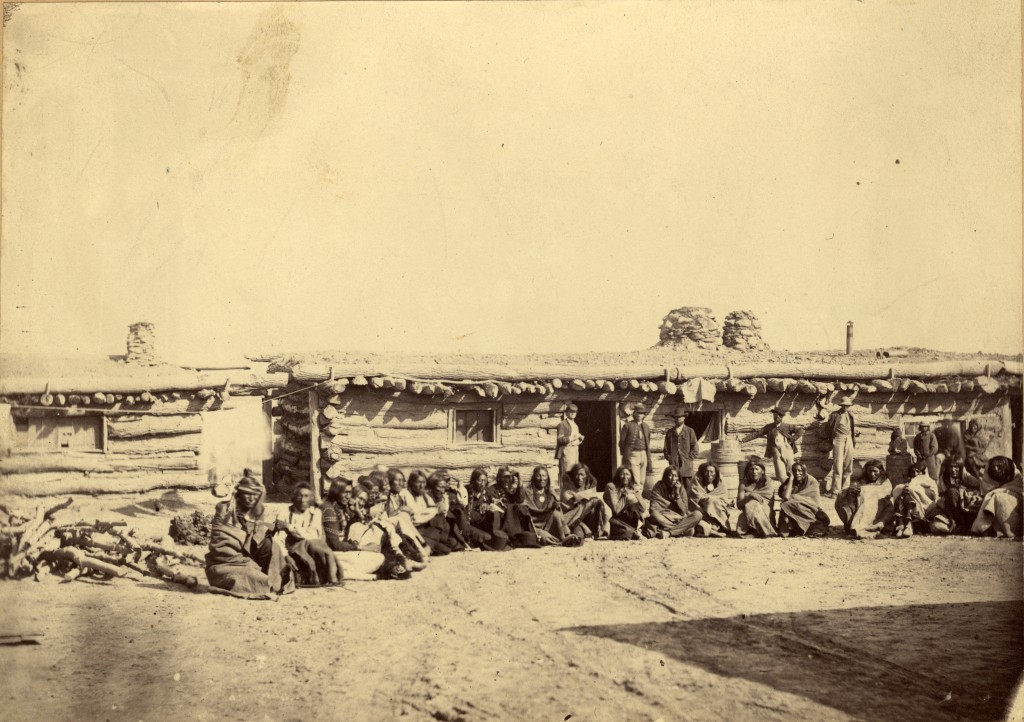Just over a year ago, our graphic arts curator, Lauren Hewes, announced that we had completed the photographing of over 600 political cartoons produced in the United States between 1764 and 1876, and that these images were now available in GIGI, our digital image archive. This comprehensive collection includes everything from early cartoons relating to the establishment and operation of the federal government to slanderous depictions of local politicians. It’s widely used by a variety of scholars and collectors looking for evidence of historical activities, trends, and motivations. Our General Catalog contains brief records for each cartoon (some better than others), which include the artist’s name, the title, the publisher, date, and a short description of the image, but as Hewes noted a year ago, “We still want to upgrade our political cartoon records to include richer descriptions of these complex objects.” Through our collaboration with the Metadata Games project, we are now realizing this goal, and we call on you, our community of early American experts, to help!
On Wednesday, August 20,when you visit Metadata Games Zen Tag and Guess What, you will be able to tag these political cartoons. Recently developed at Dartmouth College with the support of the National Endowment for the Humanities and the American Council for Learned Studies, Metadata Games is a digital gaming platform that entices players to contribute metadata or to tag an image while playing games, either against a clock or against other anonymous participants on the site. The goal of Metadata Games is to collect high quality descriptions for images by harnessing the knowledge of citizen archivist players like you. So, for example, how might you describe this image from 1840?
 You would want to include general descriptions of the subject matter, like “nullification [using the modern spelling],” “embrace,” and “democrats.” Depending on how deep your knowledge of the 1840 elections is, you might also be able to identify some of the key figures depicted: John Calhoun , Francis Preston Blair, Martin Van Buren, and D.H. Lewis. Or, you might see this illustration as depicting various ideas, such as masculinity, homosociality, and marriage. Associating these words with the image means that the images can now more easily be retrieved because such tags, or textual descriptors are, for the foreseeable future, the most efficient and accurate method for image retrieval.
You would want to include general descriptions of the subject matter, like “nullification [using the modern spelling],” “embrace,” and “democrats.” Depending on how deep your knowledge of the 1840 elections is, you might also be able to identify some of the key figures depicted: John Calhoun , Francis Preston Blair, Martin Van Buren, and D.H. Lewis. Or, you might see this illustration as depicting various ideas, such as masculinity, homosociality, and marriage. Associating these words with the image means that the images can now more easily be retrieved because such tags, or textual descriptors are, for the foreseeable future, the most efficient and accurate method for image retrieval.
Exclusively AAS Images will be featured for tagging until Friday, August 22. After that, AAS images will be integrated with those from other collections, such as the British Library and the Clark Art Institute. We would love our community to play these games, and in so doing, create richer metadata for this important collection of political cartoons. If the political cartoon collection is tagged enough in Zen Tag and Guess What, they will also become available for play in other Metadata Games, such as Stupid Robot.
After this initial launch, we will release two other AAS collections on Wednesday, September 24, and they will be the exclusive images to tag until Friday, September 26. The Collection of Election Ballots 1827-1889 consists mostly of tickets and ephemera from elections in the state of Massachusetts, though it also consists of ballots and miscellaneous items from New Hampshire, New York, and Rhode Island. Some tickets are for presidential, senate, and representative races, while others are for gubernatorial elections. There are also miscellaneous election items including envelopes and pre-stamped tickets, instructions on voting, and brief party platforms. Many of the ballots are illustrated with wood engravings, feature annotations, counts, and allegorical depictions of Liberty and Justice. The election ballots feature various political parties, including Free Bridge, Whig, Prohibition, Republican, Democratic, and Independent tickets. In addition to these ballots, you will find our Native American Photographs 1859-1900 in Metadata Games in September. These photographs illustrate nineteenth-century Native American culture, from traditional dress and daily life to formal portraits of notable tribal officials. Many of the images also depict the interaction between Native American culture and American culture. Photographs of reservation life show men in suits and women in high-necked dresses posed in front of clapboard houses. Some images—such as a portrait series of somber Modoc war prisoners photographed shortly before their executions—recall the grimmer reality of this interaction. How might you tag the image below, for example?
We at AAS can’t wait to see what our community does with this tool! The images you tag will be available for you to search on the Metadata Games search page, and your tags will be available to us in JSON and CSV files, which we would be happy to share with folks who might like to conduct research with them. Depending on how useful our Graphic Arts Department deems them to be, we might integrate these tags into GIGI to enhance key word searching!

